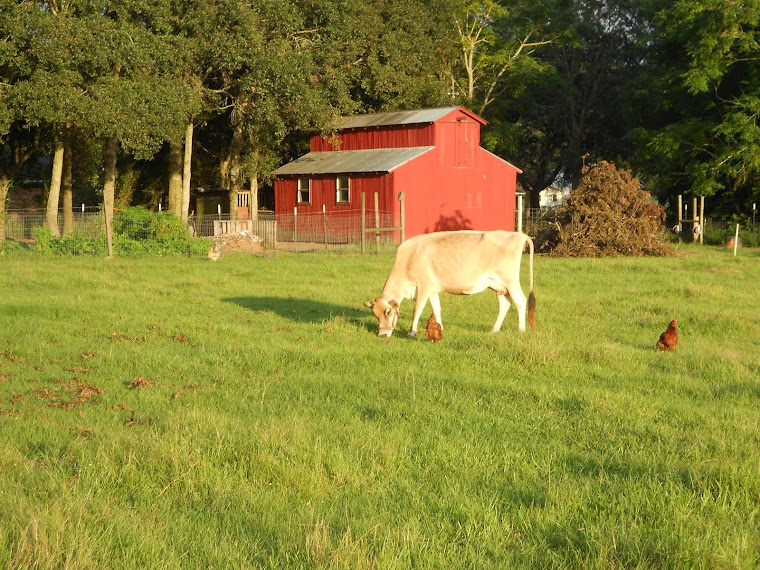We've had a Christmas cactus that has never bloomed. It just sits there and looks very... cactus-like. Christmas comes and Christmas goes and nothing happens. Until this year. We tried remembering to water it. We moved it to various spots in the house. Finally, we placed the cactus on the back patio and noticed that the cactus suddenly looked healthier, better, and happier in this spot. Right around Thanksgiving, the cactus started to get red buds on the tips, and then the thing erupted in beautiful blooms.
This photo shows the progression of small bud to the brilliant-red bloom! Legend has it that the Christmas cactus got its name when a little boy from Brazil prayed to God requesting a break from the heat and humidity of the jungle. On Christmas Day, the boy exited his hut to find the jungle around him filled with red blooms of the Christmas Cactus overnight.
The Christmas cactus that for so long sat dormant, sullen, and moribund has made a dramatic turn for the better! We stop by and peer out the french doors and admire it's blooms often.
So it is with people, with events, with dreams, hopes and wishes. For so long things look unchanged in situations in your life. People and events look hopeless. Sometimes things go on like this for what seems like ages. But you don't give up. You must have patience. Try new things, places and changes of scenery. And then one day... Then one day, unexpectedly, you're met with blooms and happiness! May your Christmas be merry and bright and filled with blooms and happiness.





























